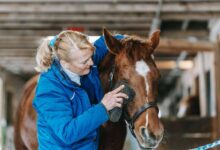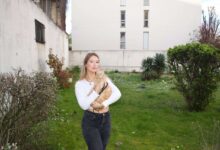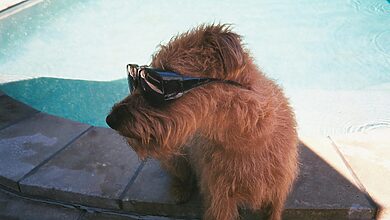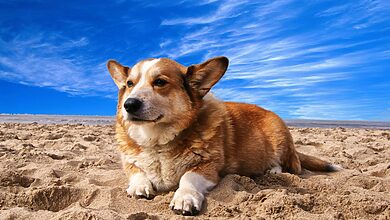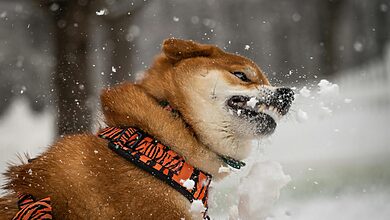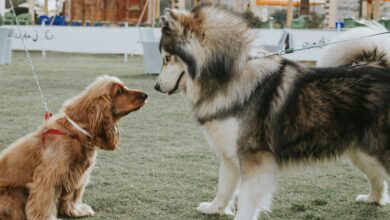Pet House Training: Say Goodbye to Accidents
House training your furry friend is a crucial milestone in your pet-parenting journey. Whether you’re welcoming a new puppy into your home or addressing house training challenges with an adult or senior dog, this guide will provide you with the insights, tips, and techniques you need to bid farewell to those unwanted accidents.
House training, also known as potty training or housetraining, is the process of teaching your dog where and when it’s appropriate to relieve themselves. It’s an essential aspect of responsible pet ownership and ensures a harmonious coexistence between you, your pet, and your home.
Table of contents
What is House Training?
House training, also known as potty training or housetraining, is the process of teaching your dog where and when it’s appropriate to relieve themselves. It’s an essential aspect of responsible pet ownership and ensures a harmonious coexistence between you, your pet, and your home.
It is primarily about establishing routines and positive reinforcement. Here’s a step-by-step overview of how it works:
- Establish a Routine: Set a consistent schedule for feeding, watering, and potty breaks. Puppies and dogs tend to relieve themselves after eating, drinking, waking up, or playing.
- Choose a Designated Area: Select a specific spot in your yard or a designated indoor area, such as puppy pads or a litter box for small dogs or those in apartment living.
- Use Positive Reinforcement: When your pet goes potty in the desired location, immediately reward them with praise, affection, and treats. Positive reinforcement strengthens the association between the act and the location.
- Stay Vigilant: Keep a close eye on your puppy or dog, especially during the early stages of training. Be ready to take them to their designated spot when it’s time for a bathroom break.
- Accidents Happen: Understand that accidents are a part of the learning process. Avoid scolding your pet for accidents, as this can create anxiety or fear.
Tips
House training can be a smooth process with these helpful tips:
- Consistency is Key: Stick to a regular schedule for meals and bathroom breaks.
- Supervise Actively: Keep a watchful eye on your pet indoors, particularly after eating, drinking, or waking up.
- Use Positive Reinforcement: Lavish praise and treats upon successful potty trips to reinforce good behavior.
- Crate Training: Crate training can be a valuable aid in house training, as most dogs won’t soil their sleeping area.
- Patience is Essential: Understand that accidents will happen, and patience is crucial to your pet’s progress.
Mistakes to Avoid
Avoid these common errors to ensure successful house training:
- Inconsistent Schedule: Irregular feeding or bathroom break times can confuse your pet.
- Punishment for Accidents: Scolding or punishing your pet for accidents can create anxiety and setbacks in training.
- Skipping Positive Reinforcement: Failing to reward good behavior with praise and treats may slow down the training process.
Tailoring Your Pet’s Needs
For Puppies
Puppies require patience and a well-structured training plan. They have smaller bladders and may need more frequent bathroom breaks.
For Adult Dogs
Adult dogs can be successfully house trained with the right approach. Assess their previous training and habits to tailor your strategy accordingly.
For Older Dogs
Older dogs may have different bathroom needs due to age-related issues. Be understanding and accommodate their requirements.
For Reactive Dogs
Reactive dogs may need extra care and a calm environment to succeed in house training. Work on addressing the root causes of reactivity alongside potty training.
For Dogs with Functional Needs
Pets with functional needs may require creative solutions. Consult with a veterinarian or a professional dog trainer for personalized guidance.
DIY Tips
For those who prefer a DIY approach to house training, consider these strategies:
- Homemade Puppy Pads: Create reusable puppy pads by layering absorbent materials and placing them in a designated area.
- Natural Repellents: Use safe, natural repellents like vinegar or citrus scents to deter your pet from soiling specific spots.
House Training
House training is a rewarding journey that strengthens the bond between you and your pet while ensuring a clean and harmonious living environment. Embrace consistency, patience, and positive reinforcement to guide your furry friend toward success. With the right techniques and understanding of your pet’s unique needs, you’ll soon bid farewell to accidents and welcome a well-trained companion into your home.

